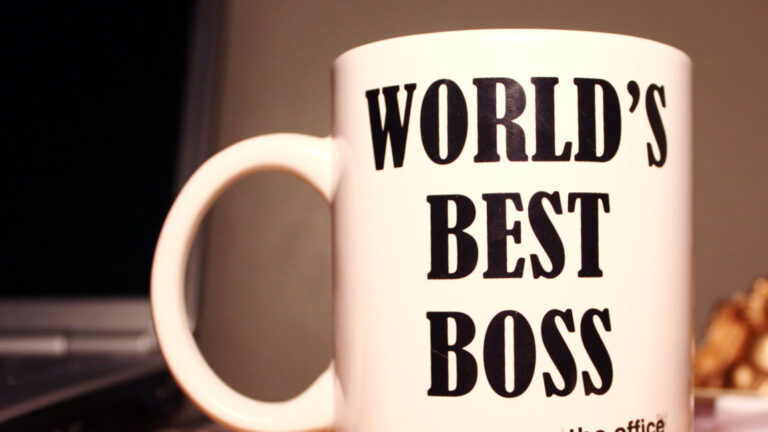
If you’re an adult over a certain age, you remember the Sears Catalogue, aka the “Wish Book.” As Christmas approached, good little girls and boys perused the Wish Book in search of the most desirable Christmas gifts. Mom and Dad always had a way of reporting our findings directly to Santa Claus. In the off-season, Sears and its catalogue functioned like an amalgam of Walmart and Amazon, welcoming all comers with deals on appliances, tools, shoes, and socks too. While there was no free home delivery back in those days, a trip to the mall or pick-up depot to fetch the order was always a fun excursion.
Times have changed. Late last week, Sears Holding Company moved into penny stock territory. I suspect no one was rushing to buy a million shares of the husk that was once the world’s largest and most recognizable retailer. I loved that catalogue as a kid, but I wouldn’t now touch it. Sears joins a growing cadre of once great businesses that are now on the curb or already in the dumpster. Been to Blockbuster video lately? Business leaders can end up in the professional trash heap too if they don’t learn from some of the mistakes outfits like Sears and Blockbuster made on the road to perdition.
Don’t Make Assumptions
For starters, don’t assume. After a century of business, Sears assumed it was too big to fail. Relying on a retail model that downplayed the role of e-commerce, Sears assumed that grateful consumers would continue to trek to its big box stores to pick up orders and consider new purchases. Along with many mall-based retailers, Sears mistakenly believed that the mall craze that once fueled suburban growth was a permanent fixture in North American culture. Wrong. When was the last time you willing trekked through suburban traffic to spend four hours in a mall? Exactly.
In lieu of assumptions, thriving entrepreneurs and business managers do their homework and lead with fact and data. If you are interested in long-term success, you must study trends, get to know your constituency, and surround yourself with experts. While it’s okay to lead from intuition from time to time, remember that gut instincts aren’t attuned to market movements, currency fluctuations, technological innovation, consumer trends, etc.
Innovate
Sears has around 900 stores left of its once mighty empire. If you walk into any one of those 900 stores, you’ll be overwhelmed by the sensation that you’ve taken a time machine back to the early 1990s. Long out of cash to update its retail spaces, Sears’ spaces are only attractive to those with nostalgia for the Clinton administration.
If you want to grow your value and expedite your rise in the corporate structure, you must be willing to innovate. For most of us, innovation is tied to continuing education. Continuously hone your skills and seek to develop new ones. While coursework in technology is quite popular (said by the woman working at IBM ?); there are a variety of topics that are incredibly worthwhile including those in management techniques, leadership philosophy, and effective communication and negotiation. Use these tools to fuel innovation within your team. Give your team opportunities to express their ideas, and reward those whose innovations are impactful in your environment.
Don’t Overextend Yourself
While contending with its own precipitous decline, Sears purchased another faltering retailer, Kmart. The idea was elegant: Blend two familiar brands together to crosspollinate customer bases. Unfortunately, neither retailer had the cash to make the merger work. The decline of the Kmart brand accelerated while the Sears side of the house no longer had the capital to update its aging stores and business model (see above). Now it’s a death spiral.
Many business types are overextended. From the many speaking engagements to the micromanagement of the team’s projects, leaders take on too much. Quality declines, fatigue rises, and general satisfaction levels with the job wanes. Indeed, most of you reading this dispatch need to cull the list of priorities and double down on a few neglected initiatives. When’s the last time you took a day off? (That includes closing the laptop and powering down the smartphone!) Been to the gym lately? Are you able to attend the kids’ hockey games? While overextending yourself may give you a sense of control, it will also sap your energy and your passion. Let some things go or learn to outsource the stuff that doesn’t matter.
Final Thoughts
Rest in peace, dear Sears, you had a good run. For the rest of you, learn some lessons from the late, great Sears. Assumptions will hurt you, a lack of innovation will precipitate decline, and over-extension will just cause burn out. Ten years from now, I want to read about your success in an above the fold article in the Wall Street Journal. I don’t want to read your corporate or personal obituary. Carry on.



